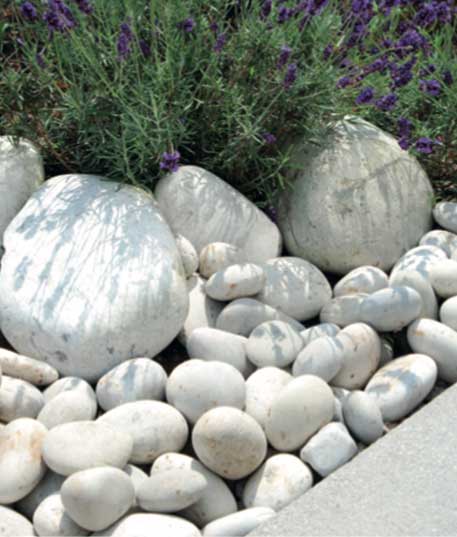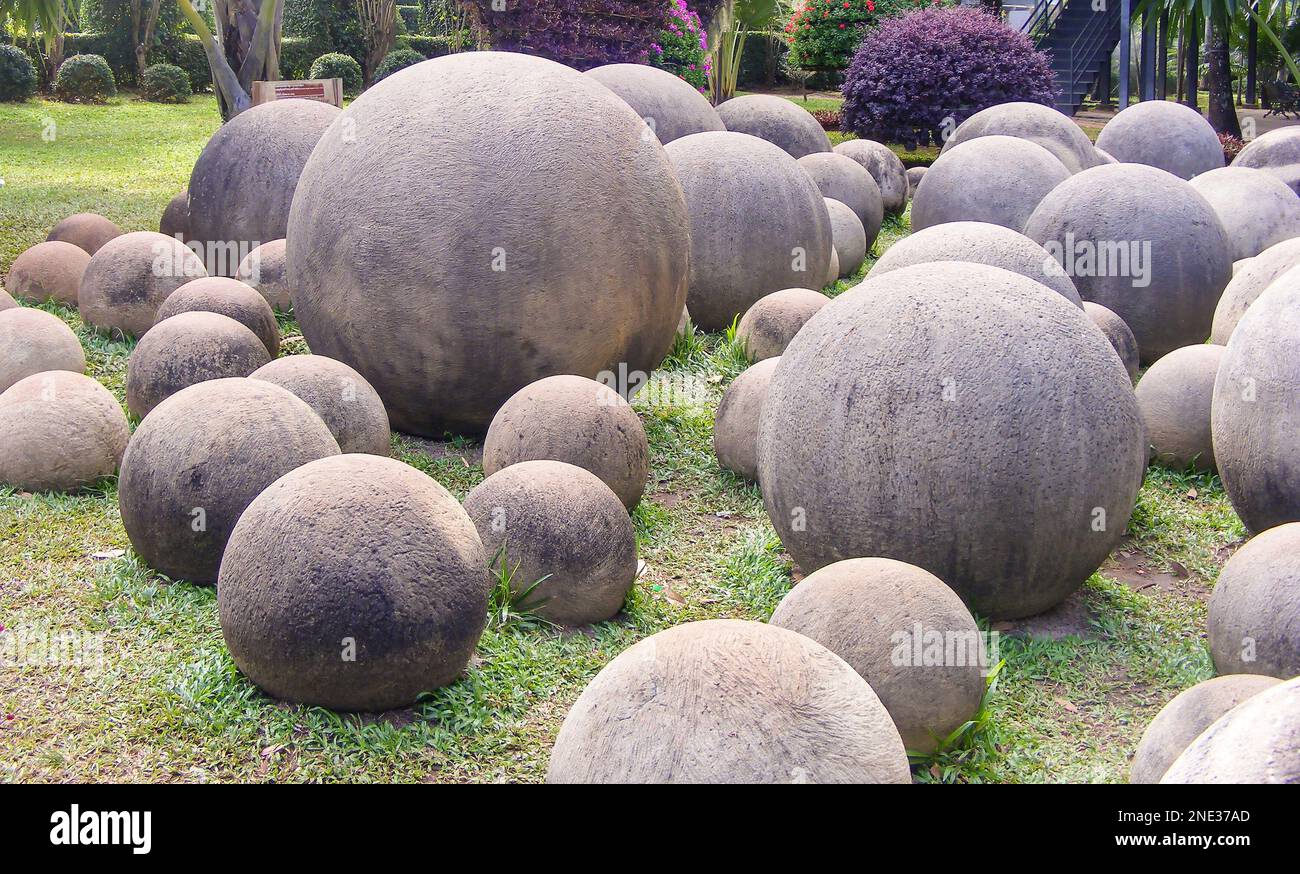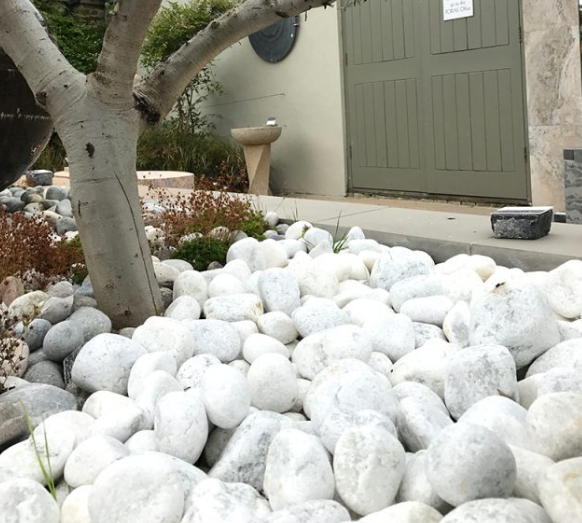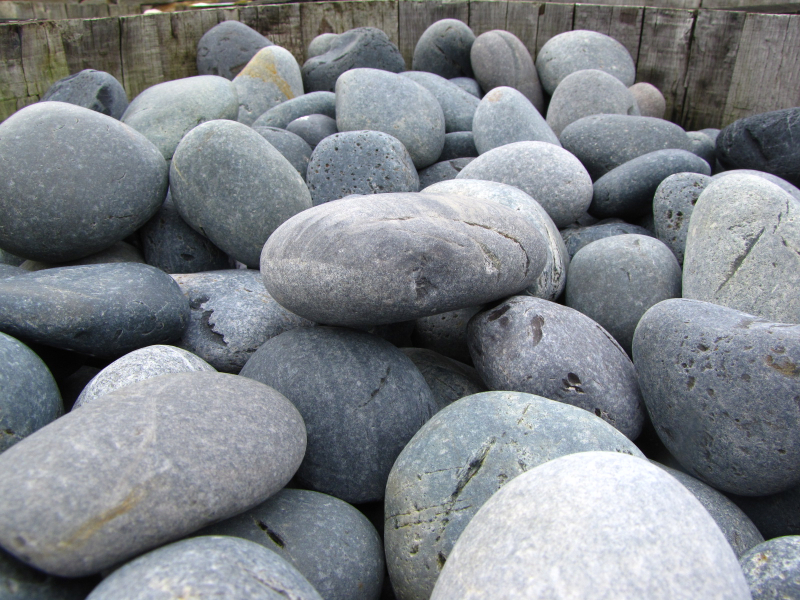Welcome to the ultimate guide on large decorative stones! If you’ve ever gazed upon a beautifully landscaped garden, you may have wondered what makes it so captivating. Often, it’s the magical touch of large decorative stones that elevate the space. In this article, we will unravel the types, uses, and aesthetic benefits of these magnificent stones, offering personal insights from my own experiences.
What Are Large Decorative Stones?
Large decorative stones, also known as landscape rocks, are oversized rocks or boulders used to enhance the beauty of outdoor spaces. They can serve numerous purposes beyond mere decoration, including functional roles such as erosion control or soil retention.
Types of Large Decorative Stones
Understanding the various types of decorative stones is crucial when planning your landscape. Here’s a comprehensive breakdown:
- River Rocks: Smooth stones commonly found in riverbeds.
- Granite Boulders: Durable and available in various sizes and colors.
- Limestone: Often used in gardens for a rustic look.
- Slate: Known for its unique textures and hues.
- Basalt: Volcanic rock that comes in dark shades, adding dramatic flair.
Benefits of Using Large Decorative Stones
Large decorative stones offer a multitude of advantages for your landscaping projects. Here’s why they deserve a spot in your garden:
1. Aesthetic Appeal
Large stones can create visually striking focal points in gardens, adding texture and contrast to softer elements like plants and flowers.

2. Versatility
Whether used as pathways, borders, or garden features, decorative stones can fit into any design scheme. You can arrange them in endless configurations.
3. Low Maintenance
Unlike plants, stones require no watering or pruning, making them a low-maintenance option for those with busy lifestyles.

4. Erosion Control
When placed strategically, large stones can help prevent soil erosion and runoff, especially in sloped gardens.
How to Choose the Right Decorative Stones
Selecting the perfect decorative stones for your landscape can be overwhelming. Here are some key considerations:

1. Purpose
Assess what you need the stones for: Are they purely decorative, or will they serve functional purposes too?
2. Size and Weight
Consider how large the area is and how heavy the stones will be. Transporting heavy stones can be a challenge!

3. Color and Texture
Choose colors and textures that complement your existing landscape. Bright colors can create vibrant spaces, while muted tones offer a more natural look.
Decorative Stone Placement Ideas
Here are some creative ways to incorporate large decorative stones into your outdoor spaces:

1. Garden Borders
Use stones to outline garden beds, creating a clear boundary that defines different spaces in your yard.
2. Water Features
Integrate stones around ponds or fountains for a natural look.

3. Paths and Walkways
Create a rustic path using large stones, which will significantly enhance your garden’s aesthetic.
4. Rock Gardens
Combine various stone sizes with drought-resistant plants for a stunning rock garden.

Cost of Large Decorative Stones
The price of decorative stones can vary based on several factors. Below is a comparison table to give you a better understanding:
| Type of Stone | Cost Per Ton | Common Uses |
|---|---|---|
| River Rocks | $100 – $300 | Pathways, garden beds |
| Granite Boulders | $200 – $500 | Focal points, walls |
| Limestone | $125 – $325 | Pathways, driveways |
| Slate | $150 – $400 | Decorative features |
| Basalt | $175 – $450 | Water features, borders |
Note: Prices may vary based on your location and the supplier you choose.
Maintenance Tips for Large Decorative Stones
While decorative stones require minimal upkeep, here are some tips to keep them looking their best:
1. Regular Cleaning
Periodically wash your stones with soap and water to remove dirt and moss.
2. Monitor Surroundings
Keep an eye on the area around your stones for weeds or unwanted plants that may try to grow.
3. Check for Shifting
Over time, stones may shift positions; ensure they remain where you placed them for optimal appearance.
Pros and Cons of Large Decorative Stones
As with any landscaping choice, there are pros and cons to consider:
Pros
- Durable and long-lasting.
- Variety of styles and colors.
- Helps with drainage and erosion.
- Enhances property value.
Cons
- Heavy and difficult to move.
- Can be more expensive than mulch or plants.
- Limited aesthetic appeal in seasonal changes compared to plants.
FAQs About Large Decorative Stones
What are the best stones for landscaping?
The best stones depend on your design goals, but river rocks, granite boulders, and limestone are popular choices due to their versatility and aesthetic appeal.
How much do large decorative stones weigh?
The weight of large decorative stones varies widely, from a few pounds for smaller boulders to several tons for larger stones.
Can I use large decorative stones in a small garden?
Yes, using smaller stones or fewer large stones can create a nice focal point without overwhelming a small space.
Do decorative stones attract pests?
Generally, decorative stones do not attract pests as plants do. However, keeping the area clean is key to avoiding unwanted guests.